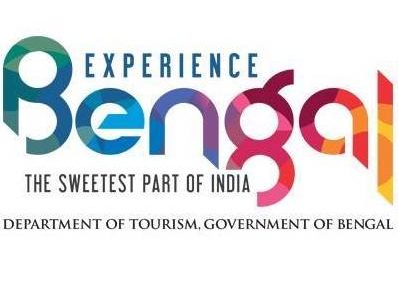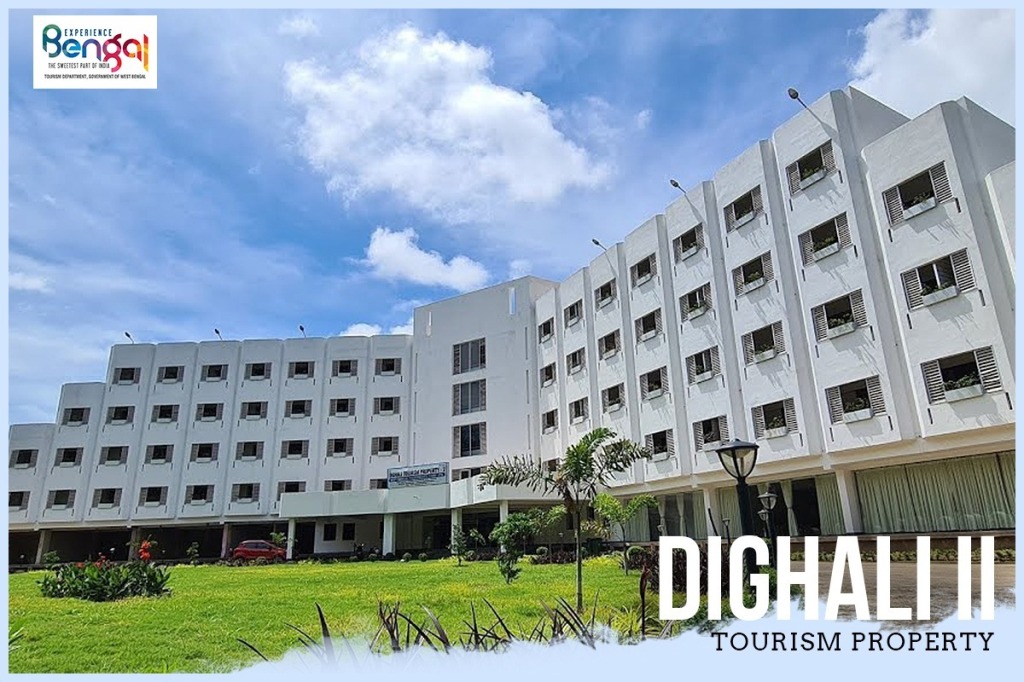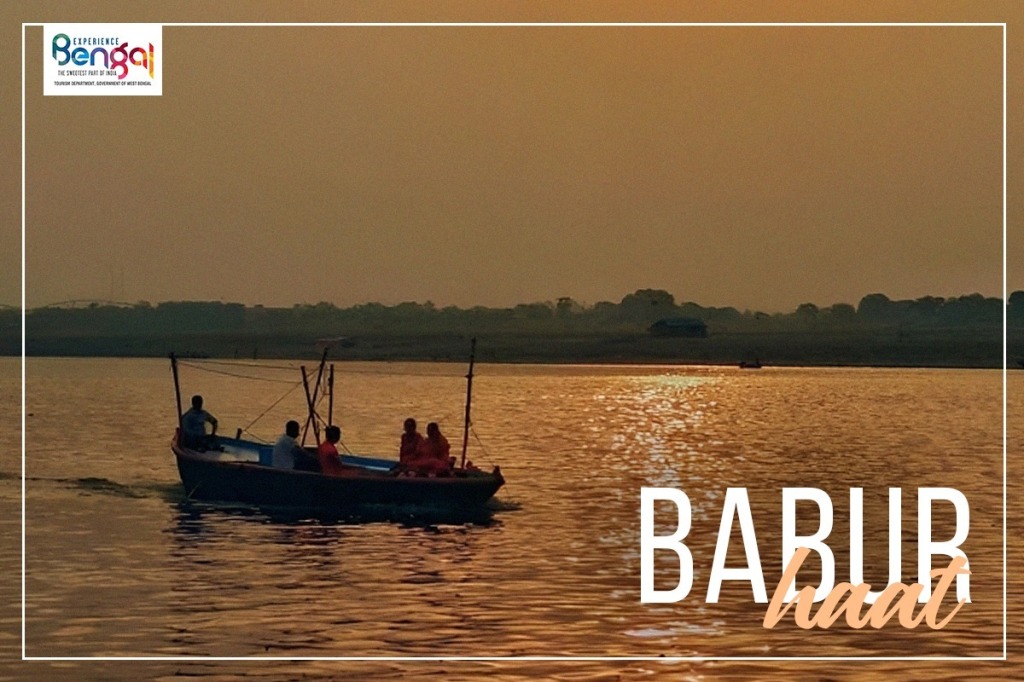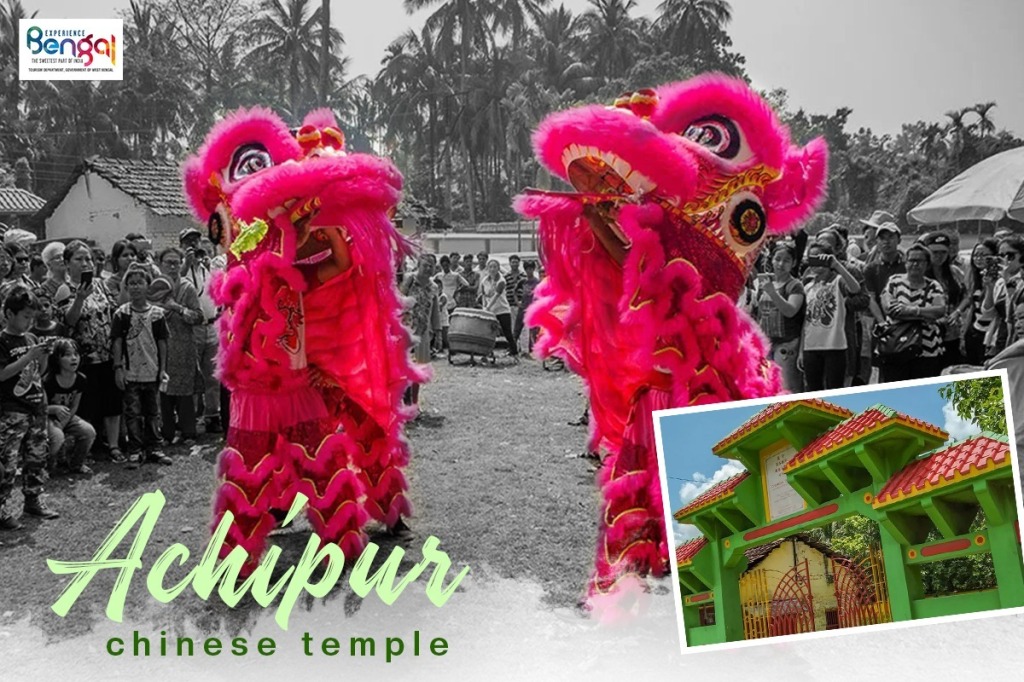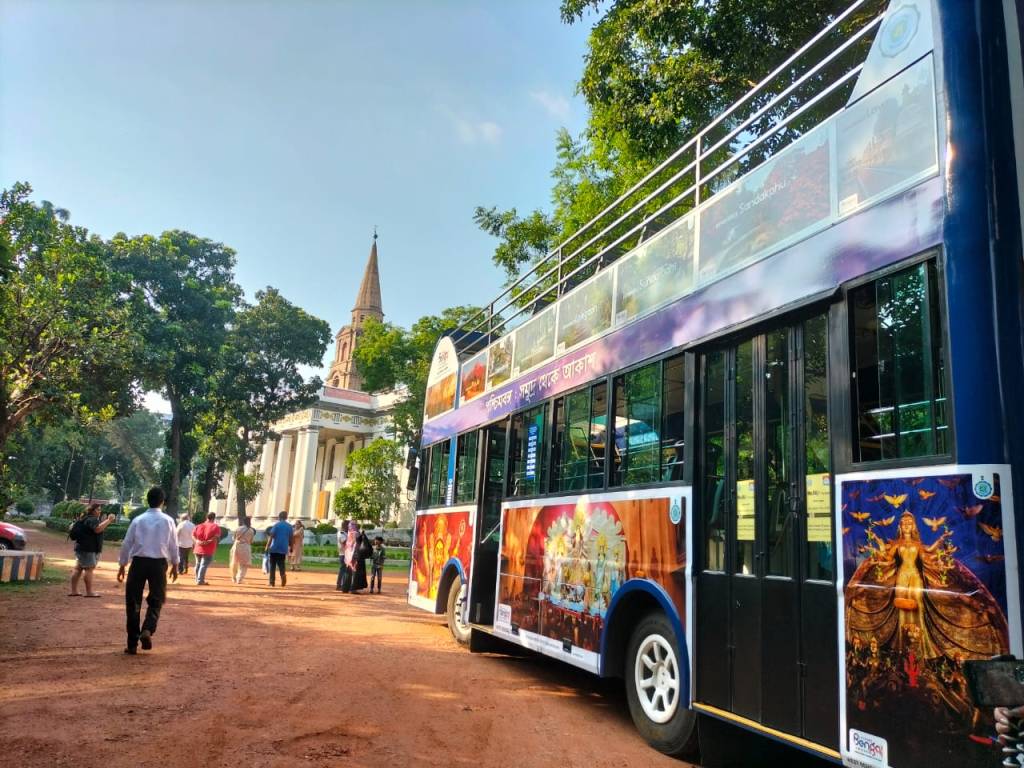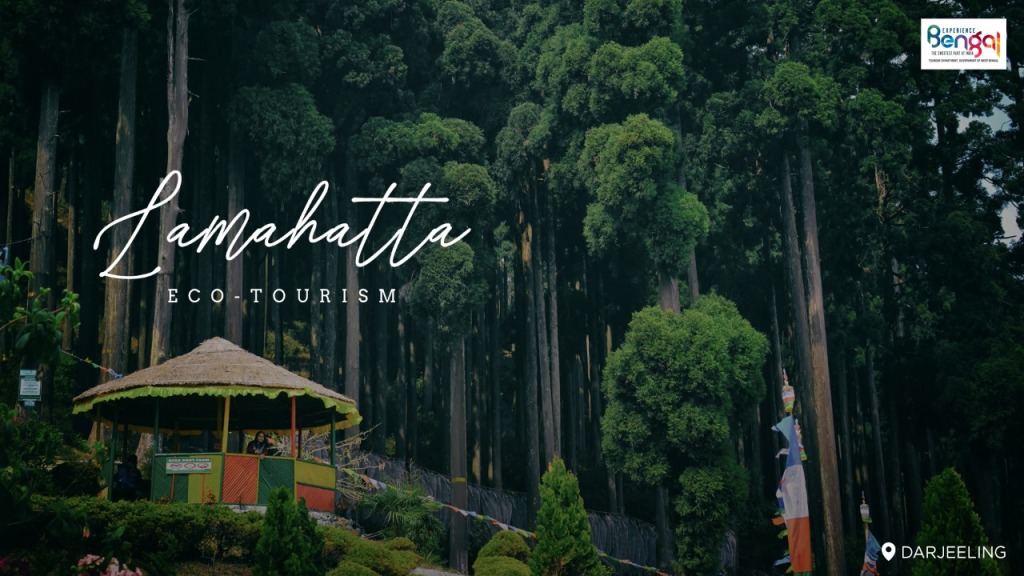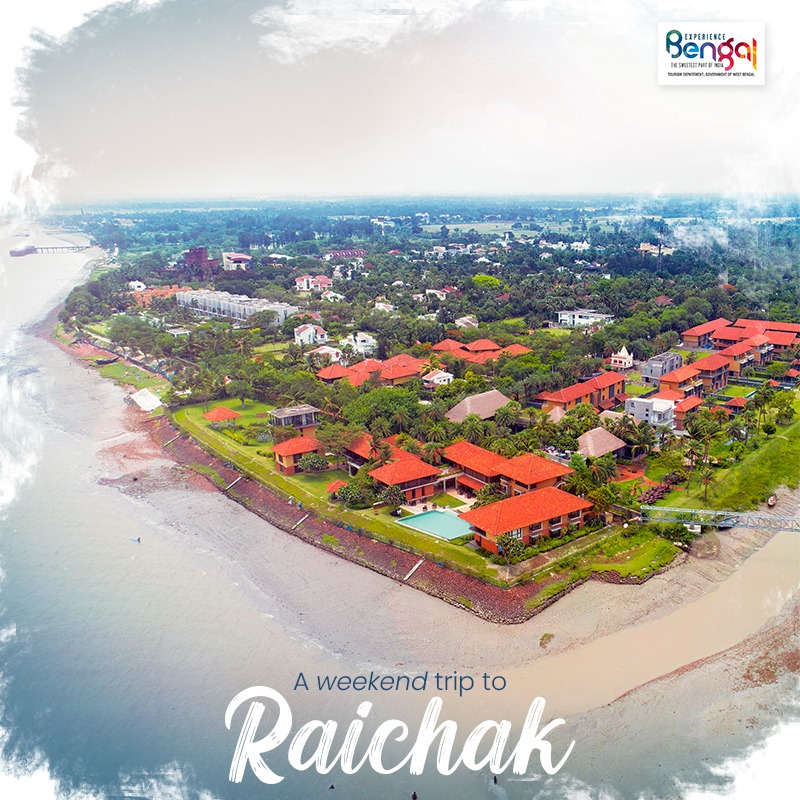
Famous for its stunning view of the Kanchenjunga range
Located about 25 km from Lava in Kalimpong subdivision, beautiful, green, quiet Lolegaon or Loleygaon is considered one of the best places to visit in West Bengal in spring and summer, though winter is a favourite with many visitors too.
At an altitude of about 5,000 ft, Lolegaon is famous for its breath-taking view of the entire Kanchenjunga range, as well as its magnificent heritage forest. The tiny village also acts as a gateway to other locations such as Lava, Kalimpong, and Rishyap, and is a paradise for bird watchers and orchid enthusiasts.
The best way to reach Lolegaon is the four-hour drive from Bagdogra Airport/ Siliguri, about 125 km away, or a similar drive from New Jalpaiguri railway station. Kalimpong, the nearest large town, is 55 km from Lolegaon, and the drive takes a little over an hour depending on the roads. The surrounding population is predominantly Lepcha, who often use the name Kafer interchangeably with Lolegaon.
Once there, you will have one of the best possible views of the entire Kanchenjunga range. Don’t miss the sunrise over the Singalila Range from Jhandi Dara either. In fact, many visitors who have experienced both have stated that this sunrise point is superior to the vastly more famous Tiger Hill in Darjeeling.
Jhandi Dara is about 31 km from Kalimpong, 52 km from Lava, and 70 km from Darjeeling. The viewing point is remarkable in that it offers a panoramic view of the Dooars Plains, Darjeeling, Kalimpong, the Kanchenjunga range, and Nathula Pass from a single location. On a really clear day, you can actually hope to spot Mt Everest from here too.
You might also like walking up to the VIP Bungalow viewing point, a manicured green area with convenient galleries offering an excellent view of the Kanchenjunga snow peaks.
Yet another notable attraction in Lolegaon is Canopy Walk, apart from small treks and trails. Canopy Walk is around a kilometre from the bus stand, in the middle of forests full of fir, oak, birch and cypress trees, along interconnected foot bridges. At a total length of 180 metres, the bridges stretch from tree to tree, helping visitors view the beauty of the forest from a height. Just a word of caution for those who suffer from motion sickness: these bridges keep swinging, so you may feel dizzy. Keep that in mind before you set out.
At the centre of the village is a stretch of flat land opposite the Eco Park, where there are a few small tea stalls and shops, making up the only bazaar area in the vicinity, selling food and a few other essentials.
For trekkers and bird watchers, a visit to Samthar Plateau is a must. At an elevation of about 4,200 ft in the Himalayan foothills, this lovely destination features terraced fields, mountain streams and thatched huts. For trekkers, the walk begins at Gompa Dara near Lava, and progresses through several hiking and trekking trails.

